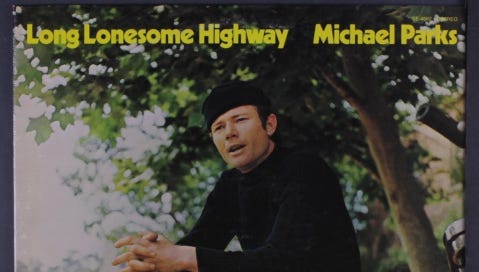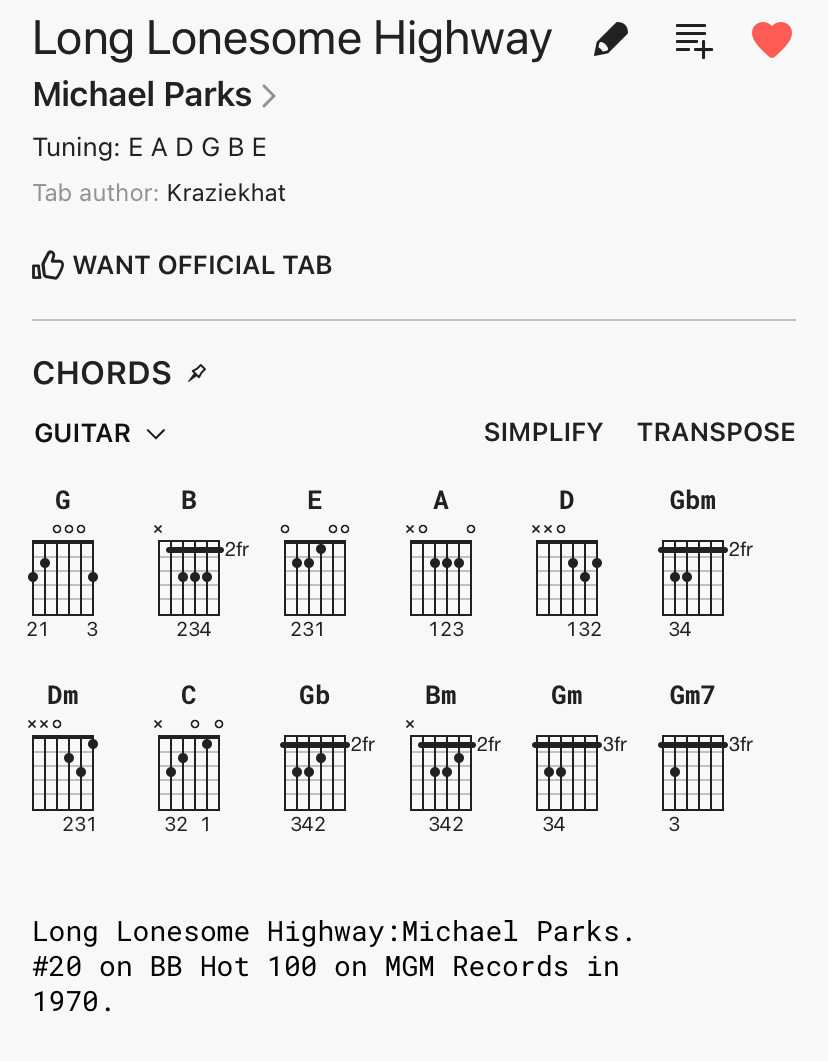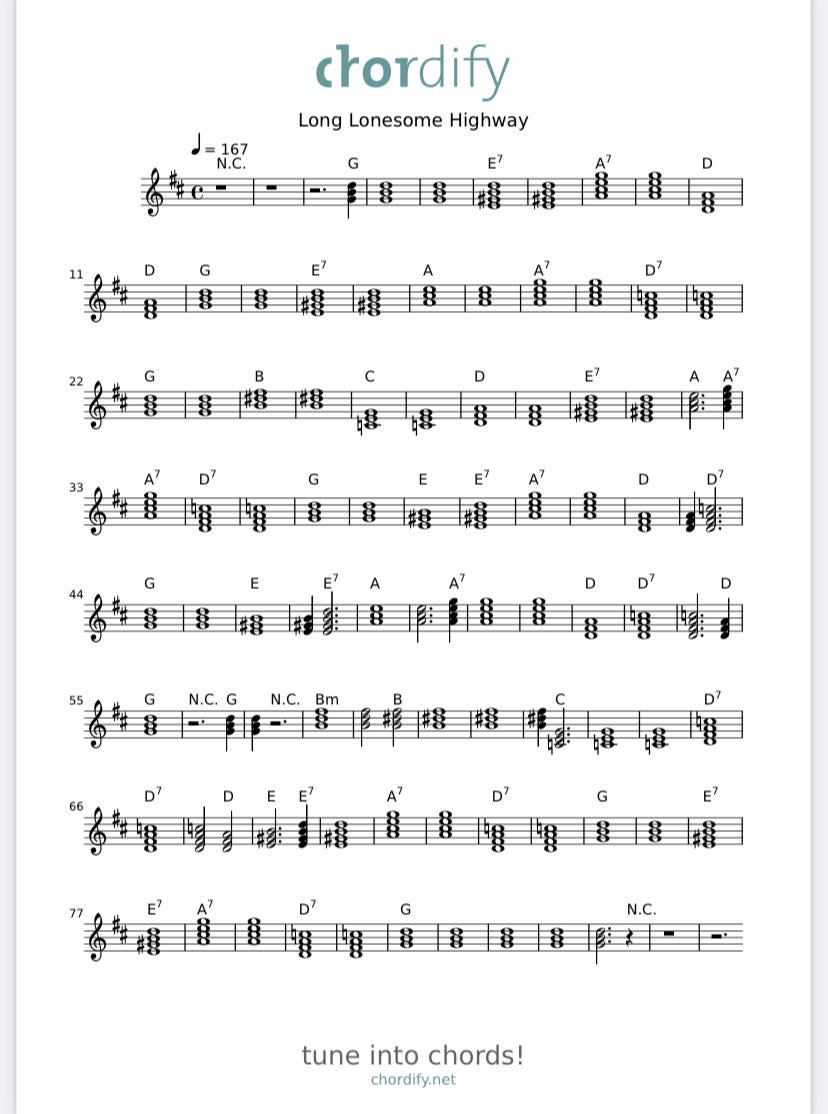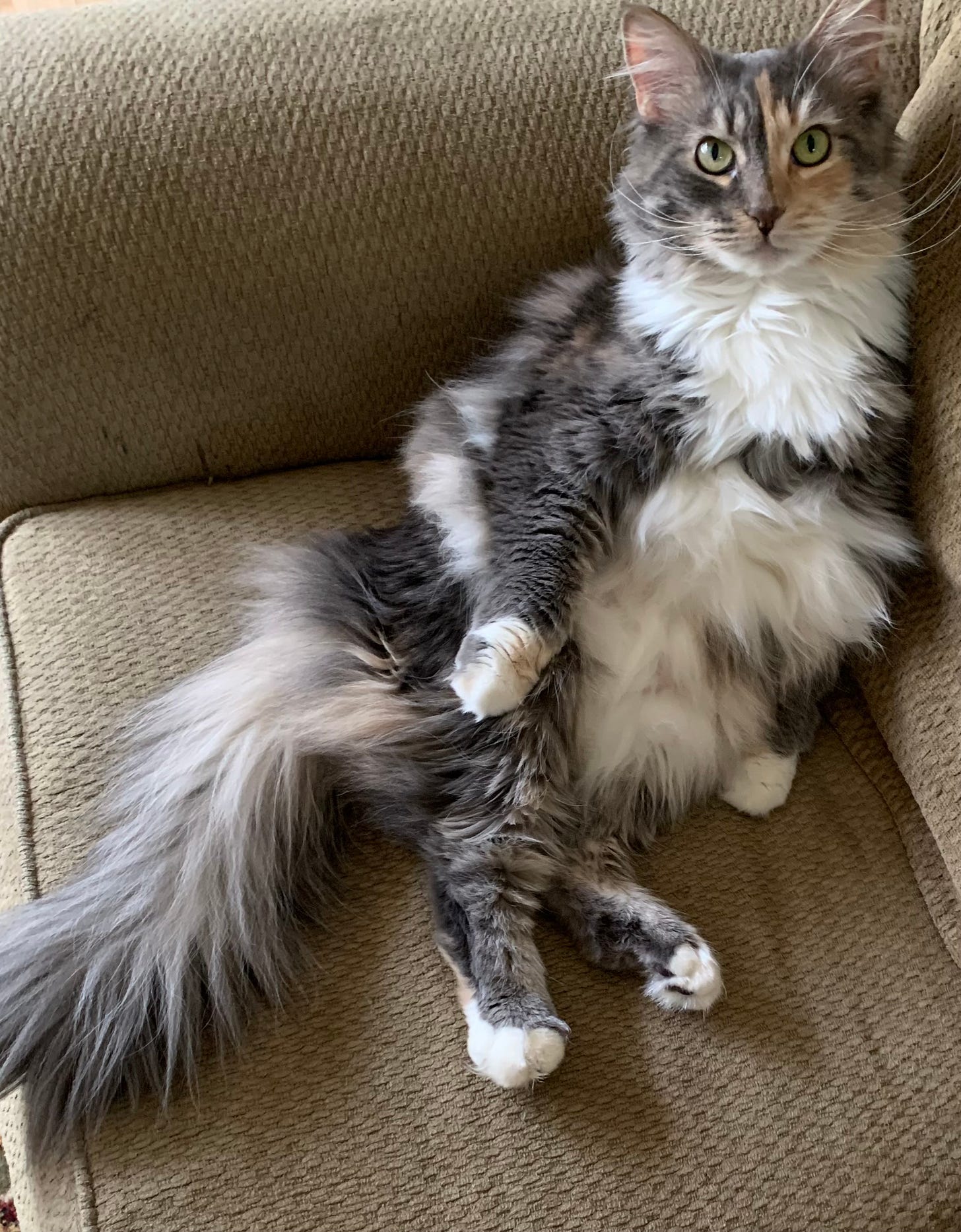Last Week’s Bonus Round: (Ed. The Bonus Round from last week has a personal connection for me. I grew up as a farm kid in a kind of semi-rural area that was slowly turning into suburbia. One of the things you could get away with there in those days was riding dirt bikes with all my friends. The other “must do” thing was to watch “Then Came Bronson” and Michael Parks as Jim Bronson ride his Harley all over the place (so long as the places all looked suspiciously like California). My sister recently gave me the album “Closing The Gap” that I had purchased at the time and was apparently in a box somewhere (a picture of my album, kinda beat up now, was in yesterday’s Thursday post in the “Some memes and stuff.” section). I also had purchased the “Long Lonesome Highway” album, it’s now probably in some other box somewhere.)
A article that is tribute to Mr. Parks after his passing is at this link: May 10, 2017
(Above: The picture sleeve from the MGM single.)
Harry Samuel "Michael" Parks (April 24, 1940 – May 9, 2017) was an American singer and actor.[2] He appeared in many films and made frequent television appearances, notably starring in the 1969–1970 series Then Came Bronson, but was probably best known for his work in his later years with filmmakers such as Quentin Tarantino, Robert Rodriguez, and Kevin Smith.
The closing vocal theme for the series, titled "Long Lonesome Highway", was sung by Parks and written and composed by James Hendricks; it was a Billboard Magazine Hot 100 hit that reached #20 in 1970. Credit: Multiple Wikipedia pages
“Long Lonesome Highway” it’s not exactly a “4 chord wonder”, but feel free to give it a shot. Key of DMaj (probably), 4/4 time with a very quick 167BPM. Full chord chart at Ultimate Guitar, excerpt here (with Chordify score below) - note the user created UG chart may be different than the machine generated Chordify chart:
Disclaimer: This Substack is free, always will be, and I receive no compensation or other benefit (except the unsolicited, occasional, and much appreciated shoutout from readers and other Substackers!) from any of the people or companies I link to or write about.
Michael Acoustic
NOTE: This is essentially true. However, the cat sometimes receives extra treats if she’ll hold still for “New Subscriber” photos.
As an aside the other album cover picture from yesterday was from Herb Alpert’s “Whipped Cream & Other Delights”, which 13 year old me remembers with fondness, the album cover itself became sort of a cultural icon…
Whipped Cream & Other Delights
Thanks new subscribers! As promised here’s a picture of my cat welcoming you all here:
“Mika: The Cat At Rest”…
For today, I wanted to explore some of the issues around copyright and the Ed Sheeran vs.Marvin Gaye’s heirs lawsuit that I mentioned yesterday. I ended up in an interesting discussion on Substack Notes with Chris Dalla Riva who writes the fabulous Substack “Can’t Get Much Higher”. See his post on the subject below.
We’ve talked on here before how important it is to own all of the copyrights available to a an independent songwriter who publishes and performs their own works. Those copyrights include the Composer rights, the Publisher rights and the Sound Recording rights. Not covered (so far anyway) are other things like copyrights on album cover artwork or photographs, logo trademarks, band/artist names and such.
An interesting issue in the Sheeran litigation is that prior to 1978, sound recording copyrights weren’t available to artists, only the copyrights on the score/sheet music. The Marvin Gaye song (written by Gaye and Ed Townsend) “Let’s Get It On” was released in 1973. The issue is described succinctly in Chris’s post:
“Because “Let’s Get It On” was written before 1978, the only copyrightable parts of the song are whatever was included in the sheet music deposited to the copyright office when it was released in 1973. The four main items captured by sheet music are time signature, melody, chords, and lyrics. These two songs clearly do not have the same lyrics. In addition, the melodies are distinct and time signature is much too broad a concept to claim ownership over. The success of this lawsuit will hinge on the fact that the chord progressions are nearly identical.” Credit: Chris Dalla Riva
While I kind of argue the issue should revolve around the concept of arrangement rather than chord progressions, since sound recording copyrights weren’t available in 1973, locking in rights to the arrangement was vastly more difficult then. I suspect without knowing the lawyers will argue chord progressions as arrangement which may have been appropriate then. When I copyright my songs now, I include the chords, but the copyright office always refers to them as extraneous material not subject to copyright. I assume without knowing this is a result of legislation passed in 1978 or later (didn’t take the elective Intellectual Property class in law school - kind of regret that now…) that leaves musical arrangements to the Sound Recording copyright, while reserving lyrics to the Composer copyright. In any event the real issue, as always, is money.
Here’s Chris’s post, and it’s definitely worth the read, along with his other posts of course:
So I’ll be following this as it moves along. It would be nice if it reaches a precedent setting decision on appeal, so the rest of us have some guidance, but it’ll most likely end up as a settlement between the parties - expensive, but probably cheaper than litigation. In the interim, for songwriters, listening to pre-1978 songs that may somehow leave a vague memory trace in the artistic parts of our brains could end up being a hazard in itself….
So here’s what I’m listening to:
Bonus Round: …the strangled cries….
Cheers and keep playing!!
Michael Acoustic









